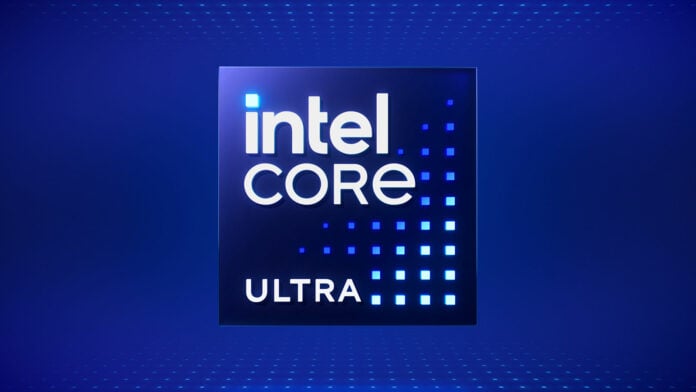
The frequency of three Intel Core Ultra 200 CPUs has been leaked, showing up to a 5.7GHz boost on the high-end. Team Blue seems to have selected a more reasonable target this time, maybe to improve stability.
According to OneRaichu on X, Intel’s upcoming Arrow Lake processors may be clocked slightly lower than the current 14th Gen models. For example, the high-end Core Ultra 9 285K is expected to get up to a 5.7GHz boost with eight P cores and 16 E cores. Both Ultra 7 265K and Ultra 5 245K sit below the flagship, but I’d say frequencies are within spitting distance. The real divide comes from the differences in core count.
Core Ultra 9 285K
- Eight P cores, 16 E cores
- P core Boost at 5.7GHz
- All P cores Boost at 5.4GHz
- E core Boost at 4.6GHz
Core Ultra 7 265K
- Eight P cores, 12 E cores
- P core Boost at 5.5GHz
- All P cores Boost at 5.2GHz
- E core Boost at 4.6GHz
Core Ultra 5 245K
- Six P cores, eight E cores
- P core Boost at 5.2GHz
- All P cores Boost at 5.0GHz
- E core Boost at 4.6GHz
Note that all these chips come configured with 125W TDP, but since they are K ‘unlocked’ variants, you should be able to push them further. While we don’t have any information regarding the frequency of non-K models, we expect them to be slightly lower than equivalent K series – maybe 200MHz below.
That said, Skymont E cores on these next-gen CPUs seem to have gained some frequency, between 200 and 600MHz depending on models. This is a welcome improvement as these little cores can get handy for background tasks. As long as the efficiency is on the rendezvous, we are cool with it.
Seeing how the brand is facing a crisis with its 13th and 14th Gen processors due to instabilities, it seems plausible to go the safer route this time. That said, these Arrow Lake chips could simply be much more performance without needing higher frequencies. After all, Intel ditched the long-used Hyper-Threading, so why not tackle efficiency too?















































